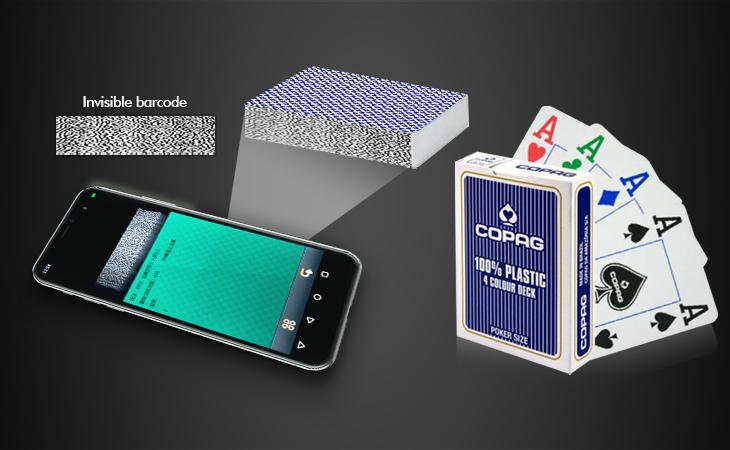Detecting marked cards is a concern in various card games to ensure fair play. There are several technologies and methods available to detect marked cards, and their effectiveness can vary. Some common technologies include:
-
Infrared (IR) Scanners: Marked cards can be detected using infrared scanners that can identify invisible ink or markings. These scanners often come in the form of specialized infrared contact lenses or poker cheat sunglasses that allow users to see the markings.
-
Ultraviolet (UV) Light: Invisible ink markings on cards can be revealed using ultraviolet light. UV light sources can be used to inspect cards for any hidden markings that may not be visible to the naked eye.
-
RFID Technology: Radio-frequency identification (RFID) technology can be embedded in cards to track and identify them. RFID readers can be used to detect marked cards based on the unique identifiers assigned to each card.
-
Computer Vision Systems: Advanced computer vision systems, often using cameras and image recognition algorithms, can be employed to analyze the patterns on cards and identify any irregularities that may indicate marking.
-
X-ray Devices: In some high-security scenarios, X-ray devices may be used to inspect playing cards for hidden markings or alterations. However, this method is less common due to safety concerns and the potential damage it may cause to the cards.
The effectiveness of these technologies can vary, and it's a constant cat-and-mouse game between those who mark cards and those trying to detect them. The sophistication of the marking technique, the vigilance of security measures, and the level of technology used by both parties all contribute to the overall effectiveness.


